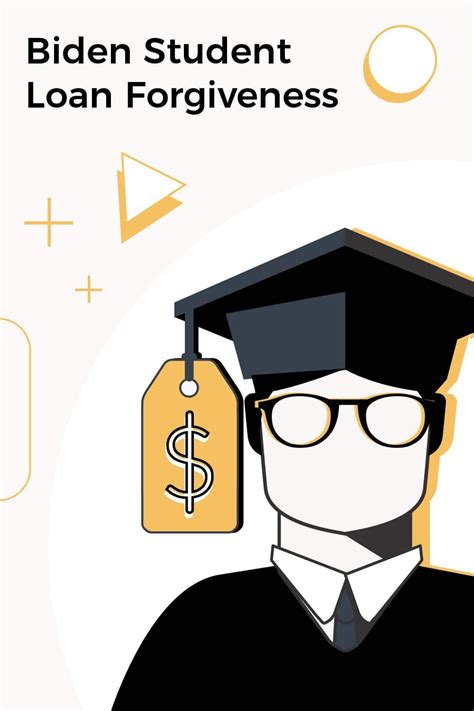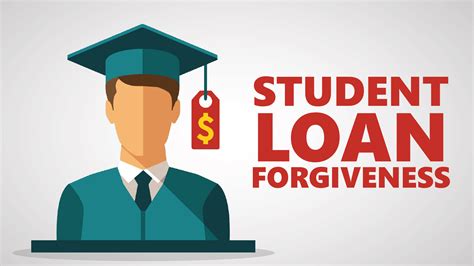The landscape of student loan forgiveness in the United States has become a complex and often confusing battleground. For millions of borrowers, 2025 has been a year of whiplash, marked by monumental court decisions, sweeping legislative changes, and the halting of programs that once promised significant relief. The core question on every borrower’s mind—”Am I eligible for forgiveness?”—no longer has a simple answer. It depends on your loan type, your career, your repayment history, and your ability to navigate a system in profound transition.
Promises of widespread debt cancellation have collided with legal and political realities, leaving many feeling stranded. Yet, amidst the turmoil, pathways to forgiveness still exist. Long-standing programs have been refined, major administrative corrections have delivered relief to hundreds of thousands, and new rules are defining the future of repayment. Understanding this new reality is not just important; it’s a financial necessity.
This comprehensive guide will cut through the noise to provide a clear, in-depth look at the state of student loan forgiveness today. We will dissect the landmark court cases that have altered the course of repayment, break down the new laws reshaping income-driven plans, and provide a strategic roadmap for programs like Public Service Loan Forgiveness (PSLF). Whether you are a recent graduate or have been paying for decades, this article will equip you with the critical knowledge needed to manage your debt and pursue any relief for which you may be eligible in this new era.
The Main Event: The SAVE Plan’s Legal Limbo
The most significant development has been the turbulent journey of the Saving on a Valuable Education (SAVE) plan. Rolled out as a flagship program, it was designed to be the most generous income-driven repayment (IDR) plan ever created, offering lower monthly payments, preventing ballooning interest, and providing a faster timeline to forgiveness for many. However, its core features have been effectively frozen by legal challenges.
A. What SAVE Promised: The SAVE plan was revolutionary for several reasons. It calculated monthly payments based on a smaller percentage of a borrower’s discretionary income, significantly increased the amount of income protected from that calculation, and, most critically, it stopped unpaid interest from accumulating. If a borrower’s monthly payment didn’t cover the accrued interest, the government would waive the rest, preventing balances from growing over time. For borrowers with original loan balances of $12,000 or less, it promised tax-free forgiveness after just 10 years of payments.
B. The Court’s Intervention: The plan faced immediate and intense legal opposition. In a landmark decision in February 2025, the U.S. Court of Appeals for the Eighth Circuit ruled that the plan was an overreach of executive authority. This led to a nationwide injunction that effectively paused the key benefits of the SAVE plan. The court argued that such a sweeping forgiveness program could not be enacted without direct authorization from Congress.
C. The Impact on Borrowers: For the millions of borrowers enrolled in SAVE, the consequences were immediate: * Forgiveness Halted: The accelerated forgiveness component of the SAVE plan was stopped. Borrowers can no longer expect to have their loans canceled after 10 years under this specific plan’s provisions. Forgiveness features for other IDR plans like Pay As You Earn (PAYE) and Income-Contingent Repayment (ICR) were also paused by the court’s order. * Interest Resumes: A critical blow was the resumption of interest accrual. The government instructed loan servicers to begin charging interest again on all loans in the SAVE plan starting August 1, 2025. The interest subsidy, which was preventing balances from growing, was suspended. * Administrative Forbearance: To prevent immediate chaos, the Department of Education placed borrowers in the SAVE plan into a general forbearance. While this means monthly payments are not required, it’s a temporary solution, and critically, time spent in this specific forbearance does not count toward forgiveness under any program, including PSLF or other IDR plans.
A New Legislative Landscape: Reshaping Repayment
In response to the legal battles and the need for a long-term solution, Congress passed and the President signed the “One Big Beautiful Bill Act” in July 2025. This major legislation fundamentally restructures the federal student loan repayment system, creating a new path forward while phasing out older options.
A. The Phasing Out of Old Plans: The new law streamlines the available repayment plans. For any student who takes out a loan on or after July 1, 2026, older IDR plans like Pay As You Earn (PAYE) and Income-Contingent Repayment (ICR) will no longer be available. This simplifies the choices for new borrowers but requires existing borrowers to make strategic decisions. Those with loans taken out before this date will retain access to some existing plans, but not forever.
B. The Evolution of Income-Based Repayment (IBR): With SAVE’s future uncertain, the existing Income-Based Repayment (IBR) plan has been updated and positioned as the primary IDR option. The new law has altered its eligibility criteria, making it accessible to a wider range of borrowers, including those who do not demonstrate a “partial financial hardship.” While this opens the door for more people, monthly payments under IBR will continue to be capped at what you would pay on a 10-year standard plan, which may be higher than what was offered under SAVE. Time spent making payments under the now-frozen SAVE, PAYE, and ICR plans will count toward eventual forgiveness under the IBR plan if a borrower chooses to enroll in it.
Public Service Loan Forgiveness (PSLF): A More Stable Path

While new IDR plans have been caught in legal crossfire, the Public Service Loan Forgiveness (PSLF) program remains a viable and powerful option for borrowers working in government or for qualifying non-profit organizations. This program is not about widespread cancellation; it’s a targeted benefit earned through a decade of service.
A. Core Requirements: The foundation of PSLF is unchanged. To qualify, you must: 1. Be employed by a qualifying employer. This includes U.S. federal, state, local, or tribal government organizations, or 501(c)(3) not-for-profit organizations. 2. Work full-time. This is generally defined as at least 30 hours per week. 3. Have Direct Loans. Only loans from the William D. Ford Federal Direct Loan Program are eligible. If you have older loans like FFEL or Perkins Loans, you must consolidate them into a Direct Consolidation Loan. 4. Make 120 qualifying monthly payments. These payments must be made under an eligible repayment plan (which includes all income-driven plans) while you are working full-time for a qualifying employer.
B. The Impact of the One-Time Account Adjustment: A massive, one-time payment count adjustment was completed by the Department of Education in late 2024, with updated counts appearing on borrower accounts in early 2025. This historic review retroactively credited borrowers for periods of repayment that previously didn’t qualify, such as certain periods of deferment or forbearance. This single action pushed hundreds of thousands of public servants over the 120-payment finish line, resulting in billions of dollars in automatic forgiveness. It was a crucial correction for past administrative failures and delivered life-changing relief.
C. Future Changes on the Horizon: While PSLF is stable now, change is coming. The Department of Education is considering new rules that could restrict which employers qualify for the program. Final rules are expected to take effect in July 2026. This means borrowers, especially those working for non-profits that are not 501(c)(3)s, should certify their employment regularly to lock in their qualifying payments under the current, more flexible rules.
Other Avenues for Forgiveness: Targeted Relief Programs
Beyond the large-scale IDR plans and PSLF, several other long-standing programs provide forgiveness to borrowers in specific situations.
A. Borrower Defense to Repayment: This program is for students who were defrauded or misled by their school. If a college or university engaged in misconduct, such as making substantial misrepresentations about its programs, job placement rates, or costs, students may be eligible to have their federal loans completely discharged. In 2024 and 2025, the Department of Education continued to approve large, group-based discharges for former students of defunct or fraudulent institutions, such as The Art Institutes, resulting in billions of dollars of relief.
B. Teacher Loan Forgiveness: This program is specifically for teachers who work full-time for five complete and consecutive academic years in a low-income school or educational service agency. Depending on the subject taught, eligible teachers can have up to $17,500 of their Direct or FFEL Program loans forgiven.
The Critical Question: Is Forgiven Debt Taxable?
A crucial piece of financial information for anyone receiving student loan forgiveness is the tax implication. Thanks to the American Rescue Plan Act of 2021, any student loan debt forgiven between January 1, 2021, and December 31, 2025, is not considered taxable income at the federal level. This is a massive benefit that saves borrowers thousands of dollars.
However, this provision is temporary. Unless Congress acts to extend it, any debt forgiven after 2025 could once again be treated as taxable income by the IRS. Furthermore, while the debt is not taxed federally, some states may still consider it taxable income. It is essential to check with your state’s department of revenue to understand the full picture.
Your Proactive Path Forward

The state of student loan forgiveness is undeniably in flux. The promise of easy, widespread cancellation has been replaced by a more fragmented system of targeted programs and legally embattled repayment plans. However, this does not mean relief is out of reach.
For borrowers, the path forward requires diligence and proactive engagement. You must understand your loan types, explore consolidation if necessary, and meticulously certify your employment for PSLF. It is more important than ever to log into your account on StudentAid.gov, verify your loan servicer, and ensure your contact information is up to date. While the future of IDR plans is being decided in courtrooms and Congress, the established pathways of PSLF and other targeted forgiveness programs continue to provide a lifeline for millions. Stay informed, be proactive, and take control of your financial future.












